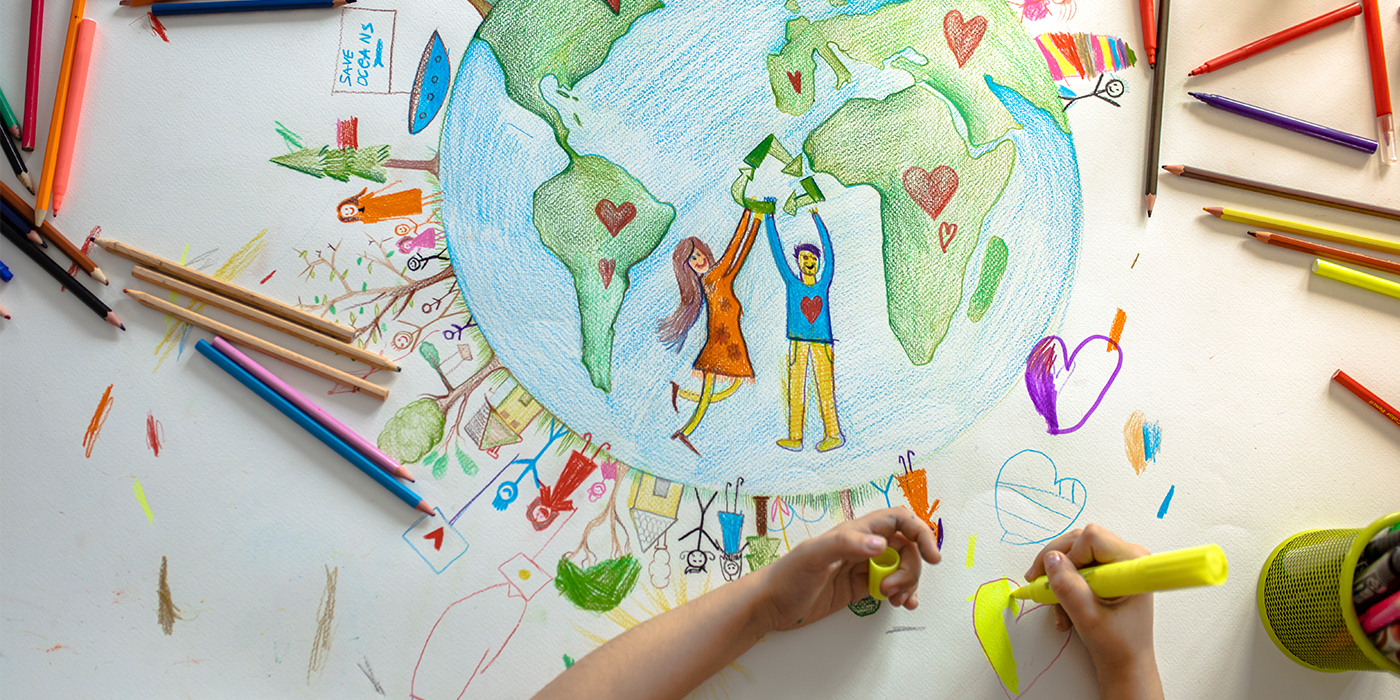The list of subjects to cover leading up to Earth Day is an exhaustive one — the environment, ecology, climate, pollution, recycling, and more! One way to meet your curriculum objectives while giving students ownership over their learning is to let your students choose an Earth Day activity to complete from a list of project ideas.
Elementary teacher Meghan Everette says that letting students have a say in their project choice is a small step, but it “allows students a chance to feel like their opinions matter and to pick the project style that makes them most comfortable.”
Earth Day Project Ideas and Books to Assign for Student Research
Here, Everette compiled more than a dozen project ideas to get you and your students ready for project-based learning this Earth Day. The recommended books cover the same environmental topics as the project ideas and are great for independent student research or classroom read-alouds.
1. Select a book about pollution or the environment.
Create a movie poster, book report, or other display of choice to share what you learned from the book and to encourage others to read it.
